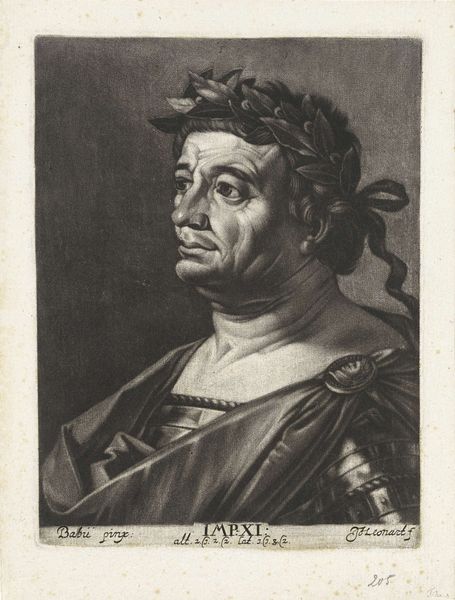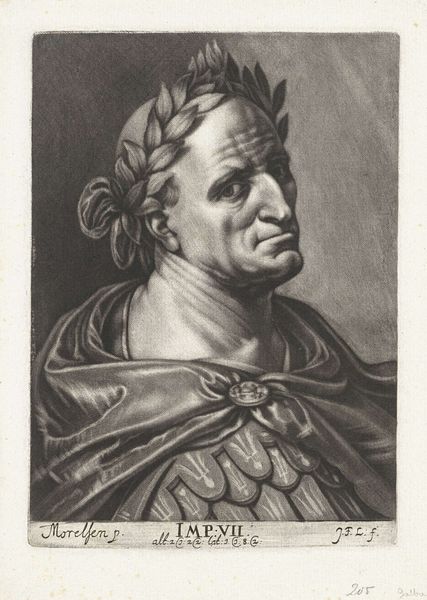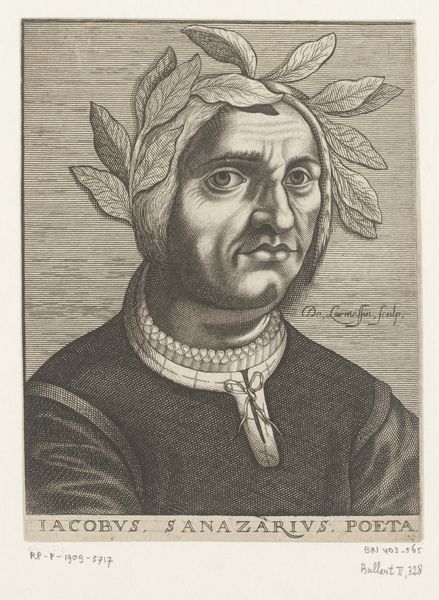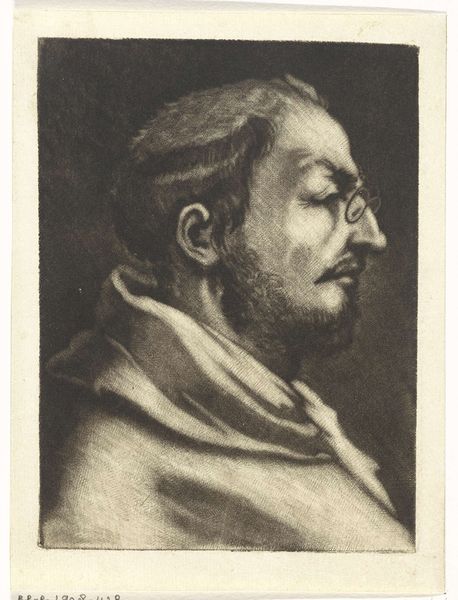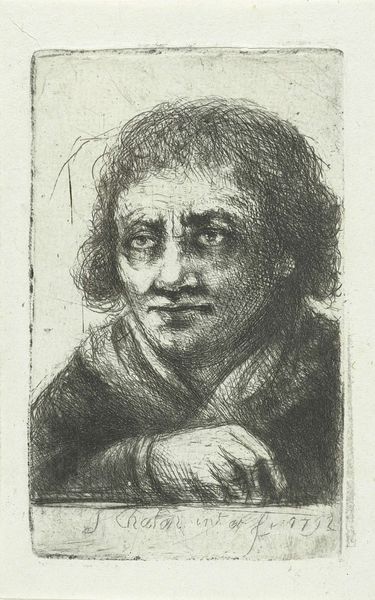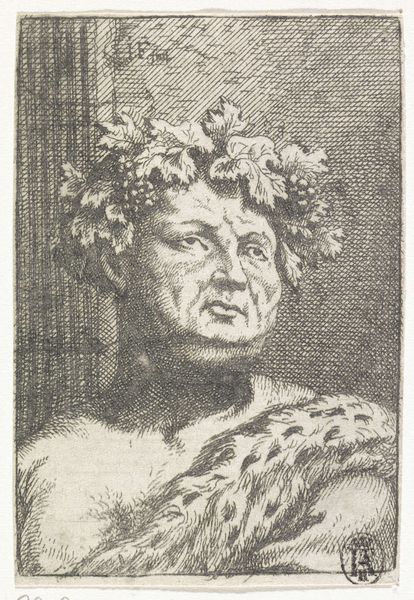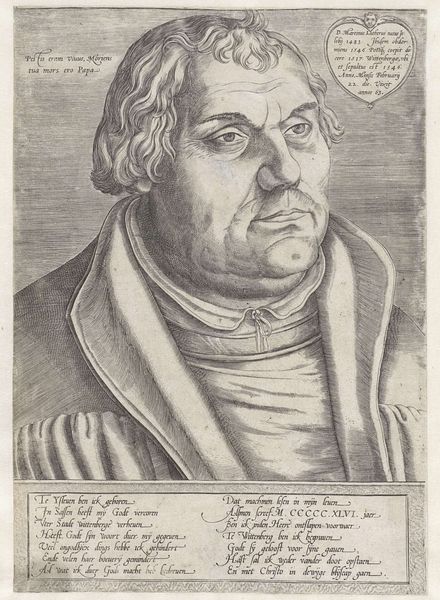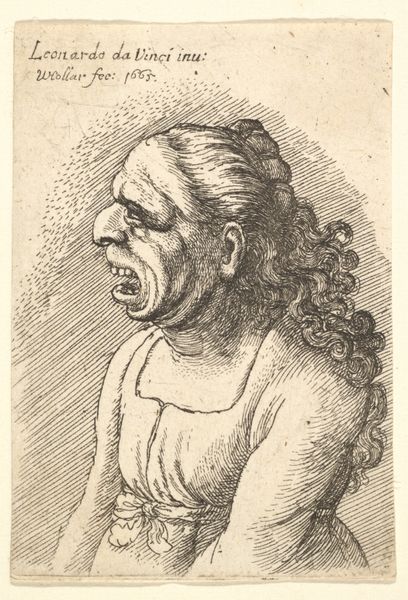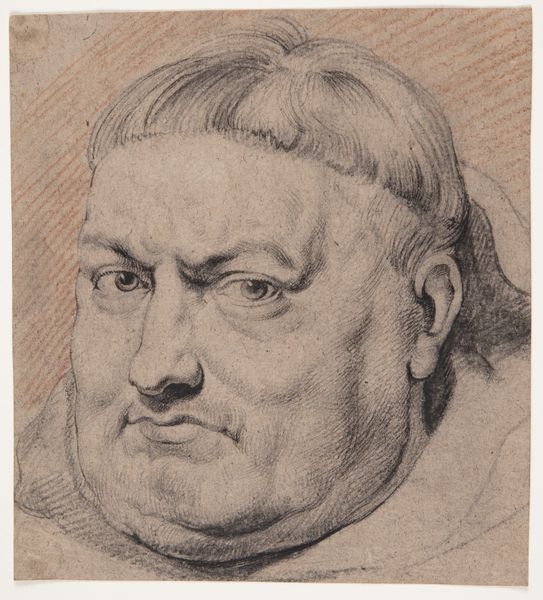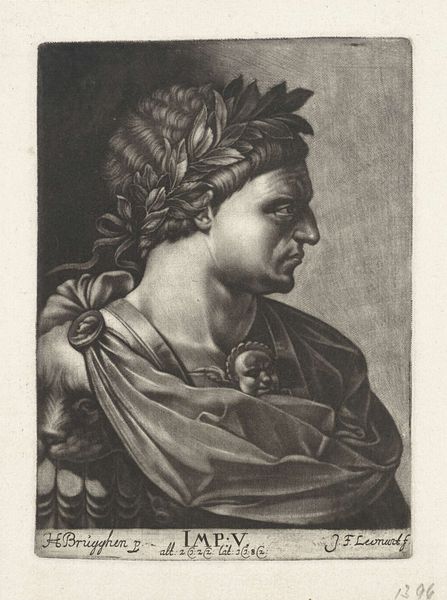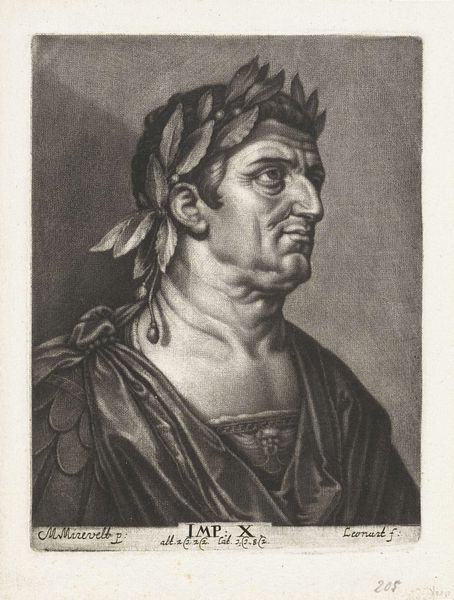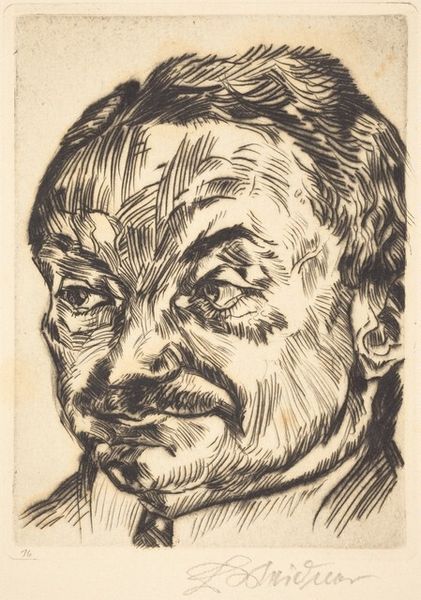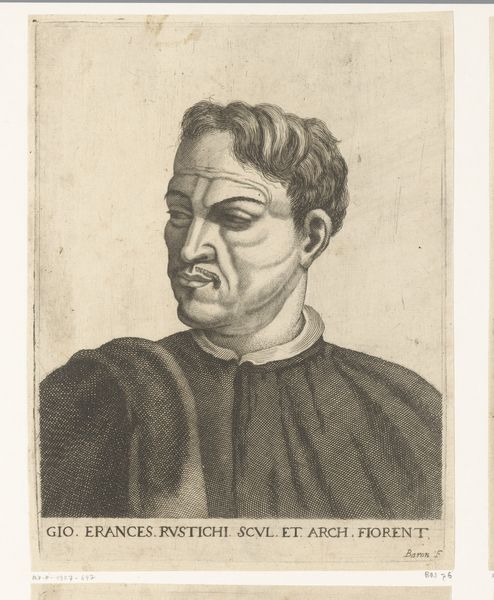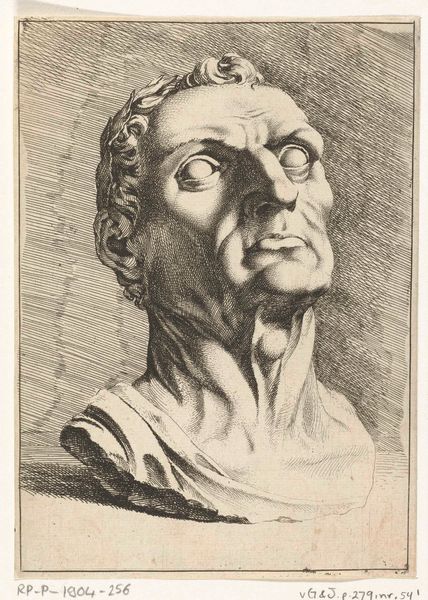
print, engraving
#
portrait
#
baroque
# print
#
caricature
#
portrait reference
#
portrait drawing
#
history-painting
#
engraving
Dimensions: height 168 mm, width 123 mm
Copyright: Rijks Museum: Open Domain
Curator: Here we have a work attributed to Johann Friedrich Leonard dating from between 1643 and 1680, titled "Portret van keizer Vitellius," or "Portrait of Emperor Vitellius." Editor: Well, my first impression is that the artist isn't pulling any punches. Vitellius looks rather… corpulent. You can almost feel the weight of that laurel wreath! It is an engraving, isn't it? Look at the detail in the shading and the texture. Curator: Indeed. This print depicts Vitellius, the Roman Emperor who reigned briefly in 69 AD. Consider how the very act of portraying rulers, even those long deceased, was freighted with political meaning in the 17th century. What statement was Leonard trying to make with this image of excess? Editor: That's what I was getting at! The emphasis on the physical form feels deliberate, as if commenting on his reputation for gluttony. Think about the physical process here – the labor of creating the matrix, the printing itself, churning out these images. Who was the target audience? Were they meant as warnings, jokes, or simply historical records? Curator: Baroque prints like this one often served multiple purposes. They could be educational tools, disseminating historical knowledge, but also, as you suggest, vehicles for social commentary. Vitellius’s infamous appetite was well-known and offered a convenient moral lesson. The imagery had to be distributed carefully, considering it was commissioned. Editor: I also find the inscription details fascinating. What paper was used? Where was it produced? Did the artist make the paper himself? It’s that relationship between labor, materials, and the final image that intrigues me most. Every line has meaning, but what does it imply materially? Curator: A fruitful discussion! Reflecting on the layers of intent and context allows us to unpack so much of what these historical images were intended to say in their time, in their space, for their audience. Editor: Absolutely. Looking closely at both the hand that made it and the person depicted makes history more tactile, more relevant.
Comments
No comments
Be the first to comment and join the conversation on the ultimate creative platform.
